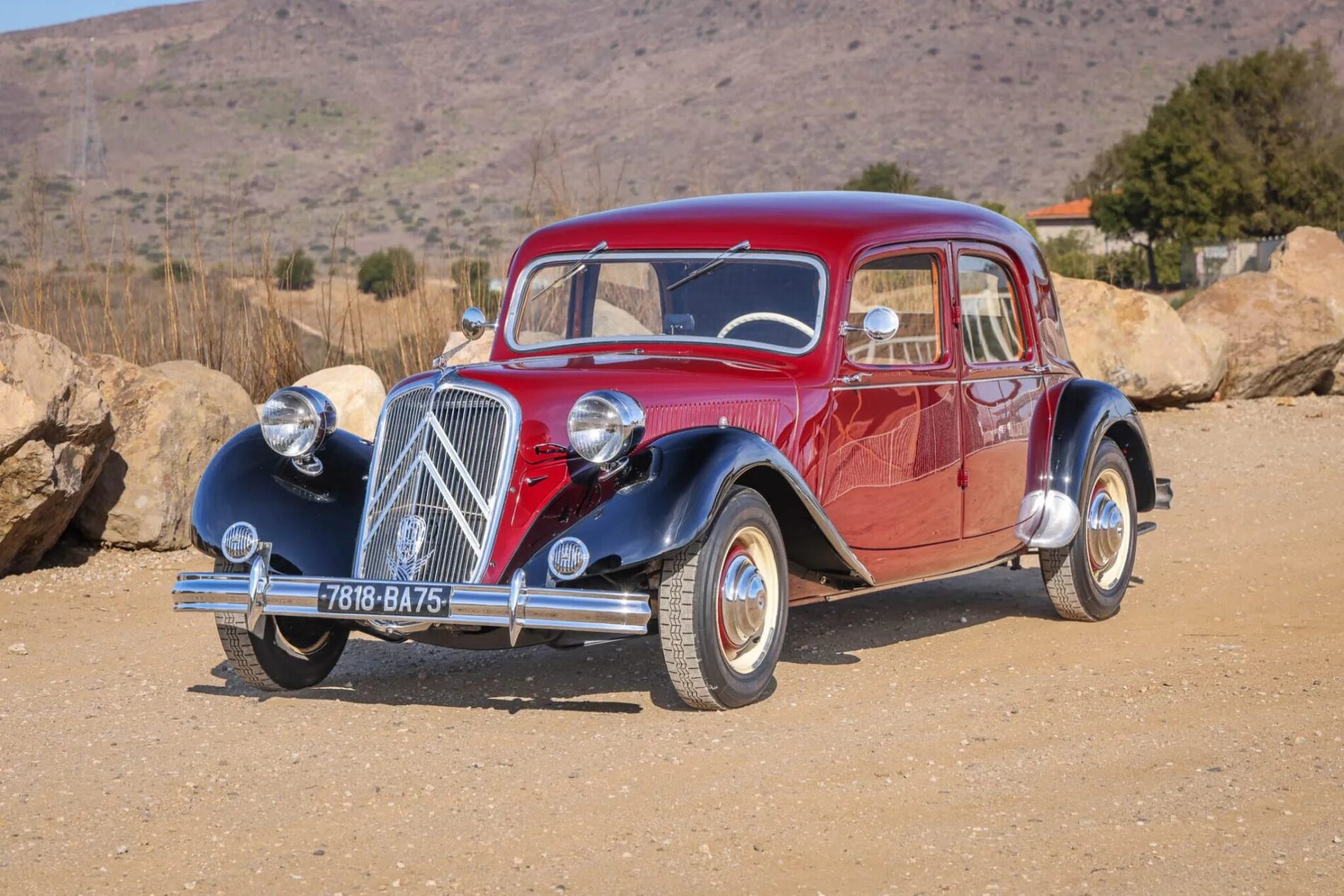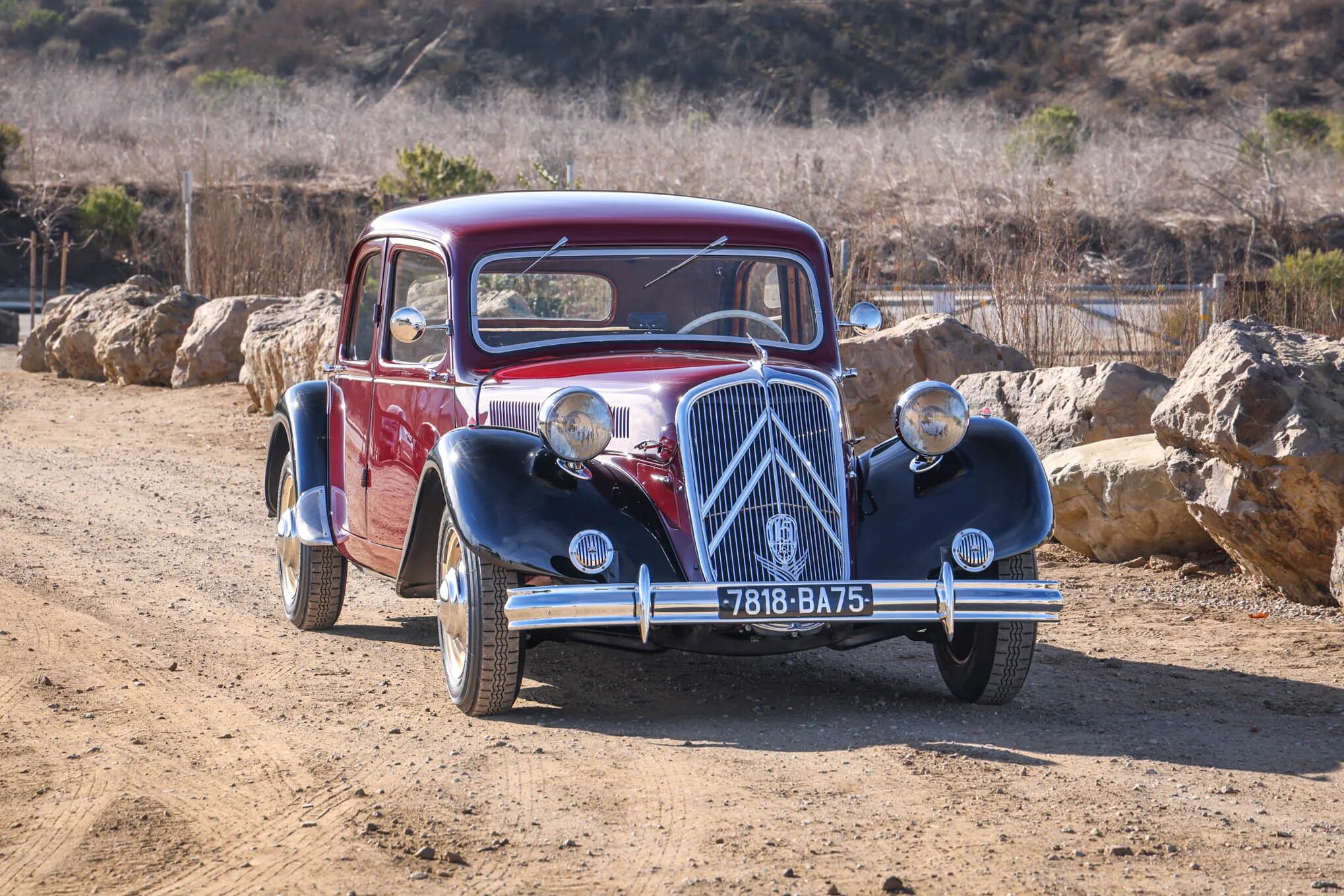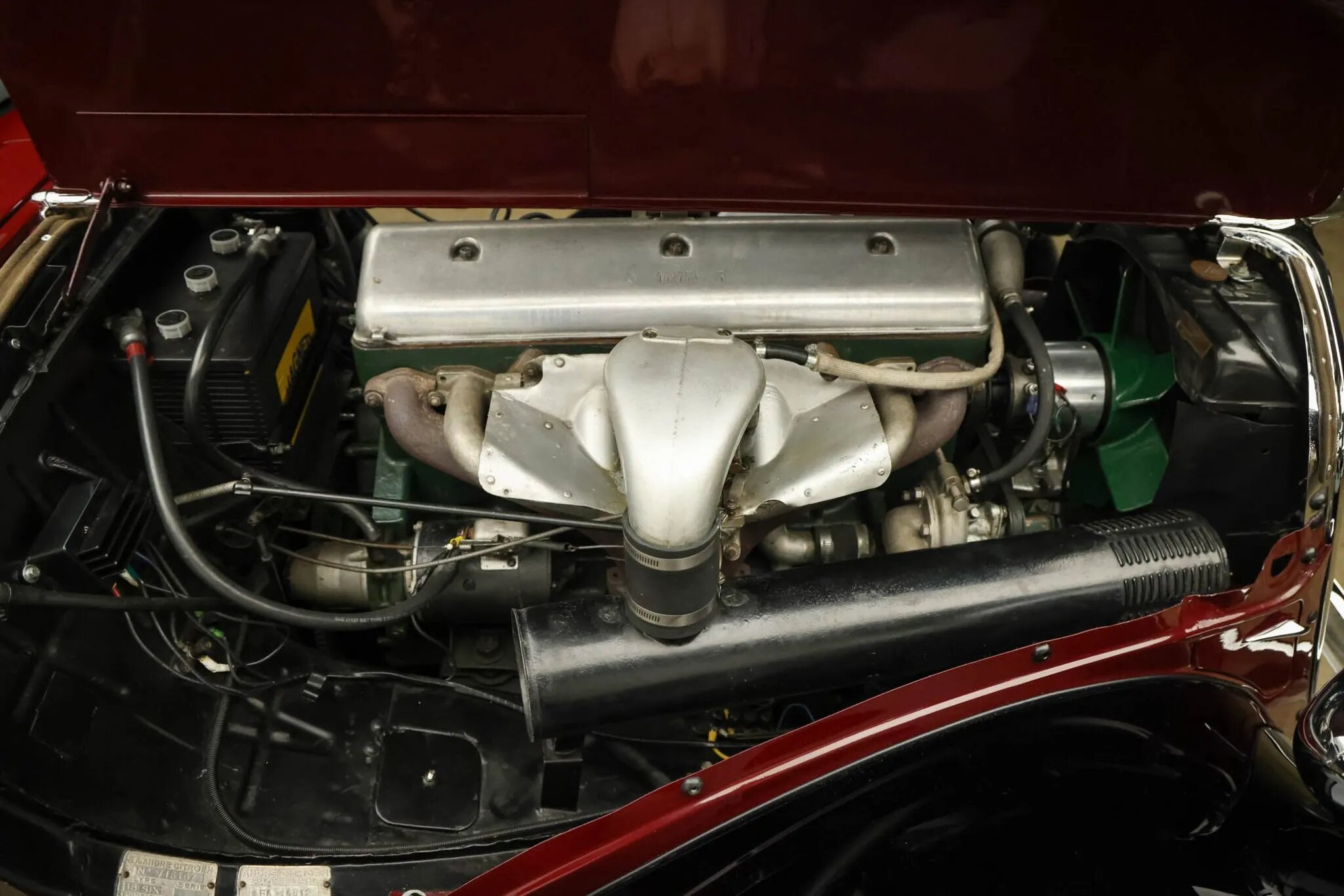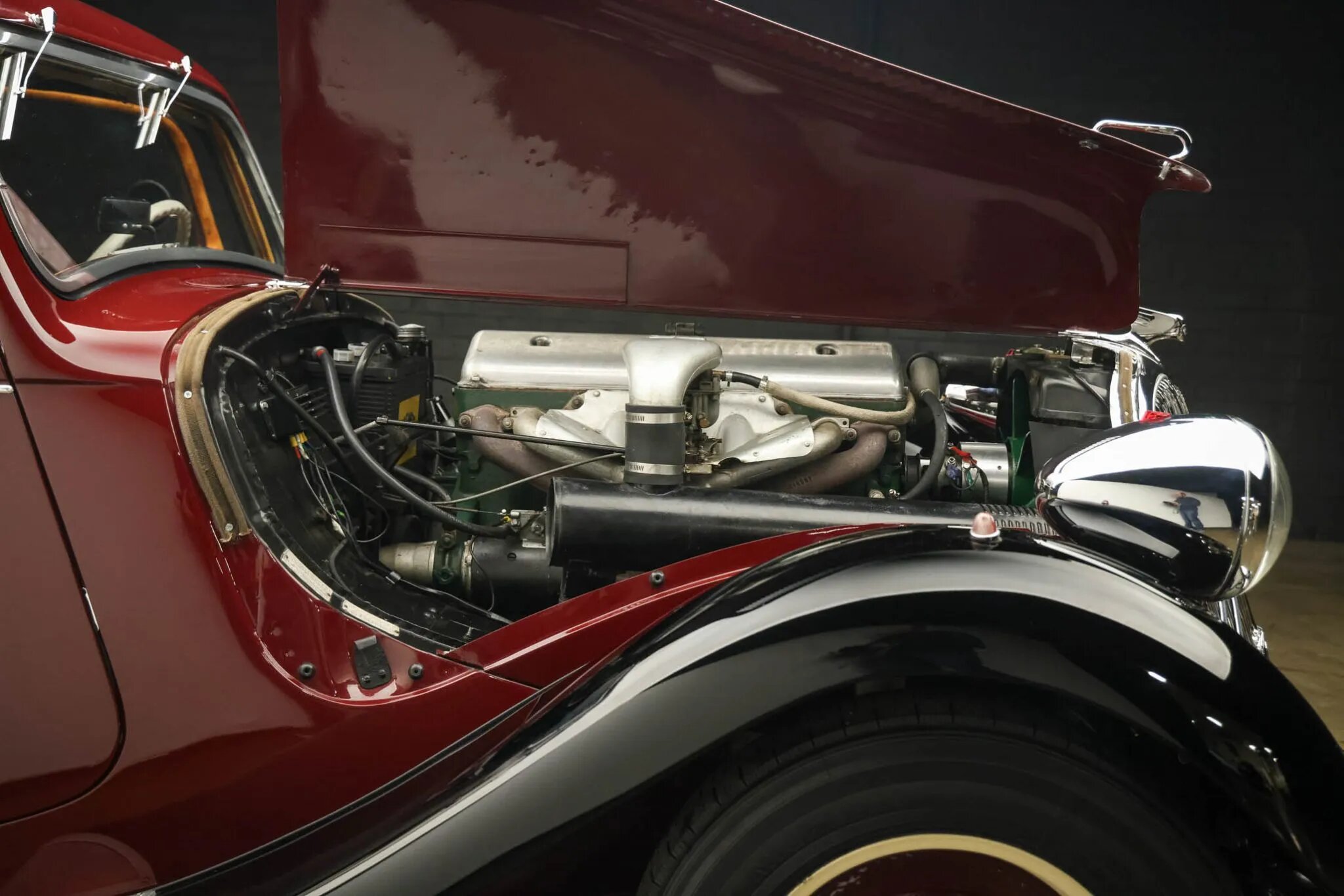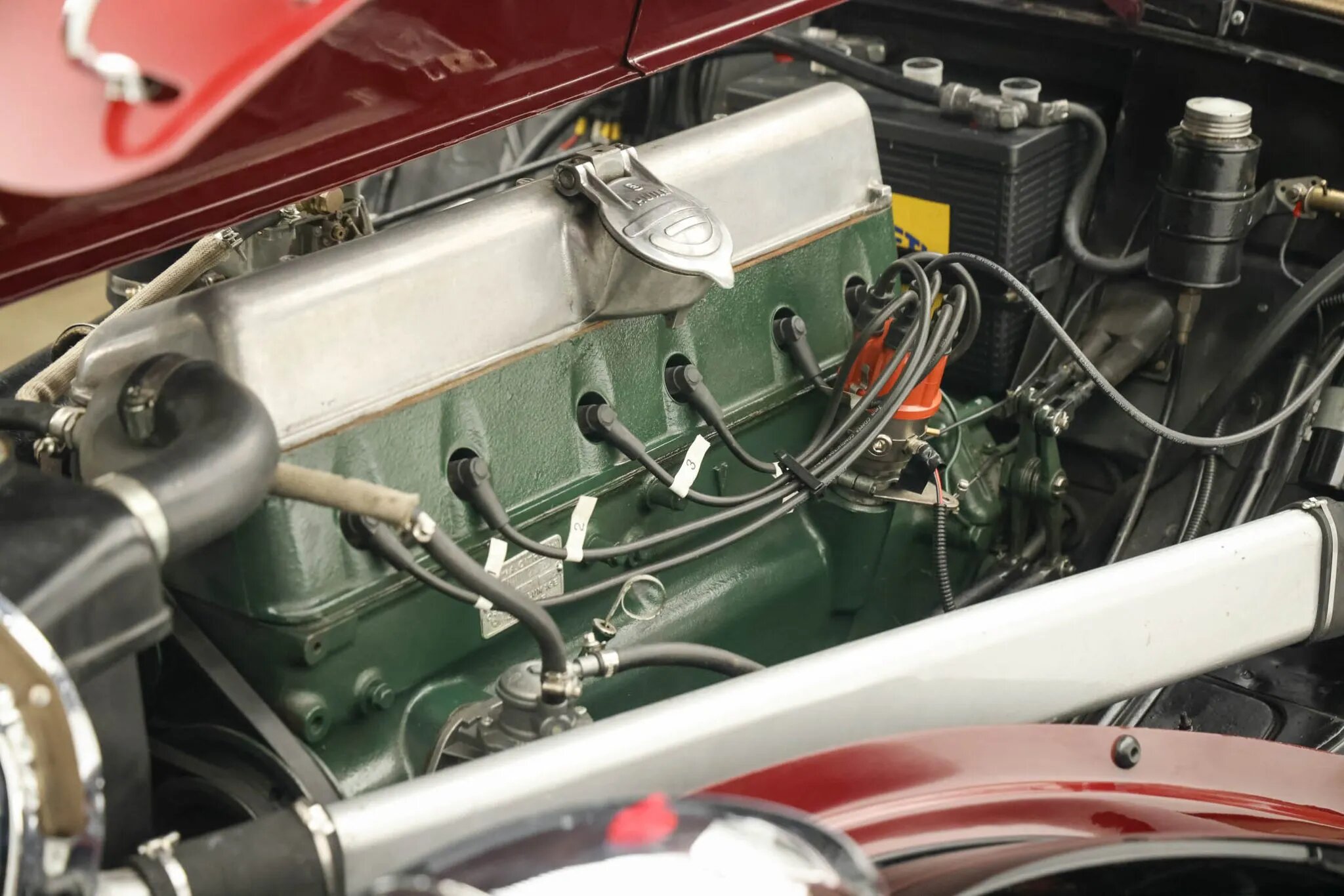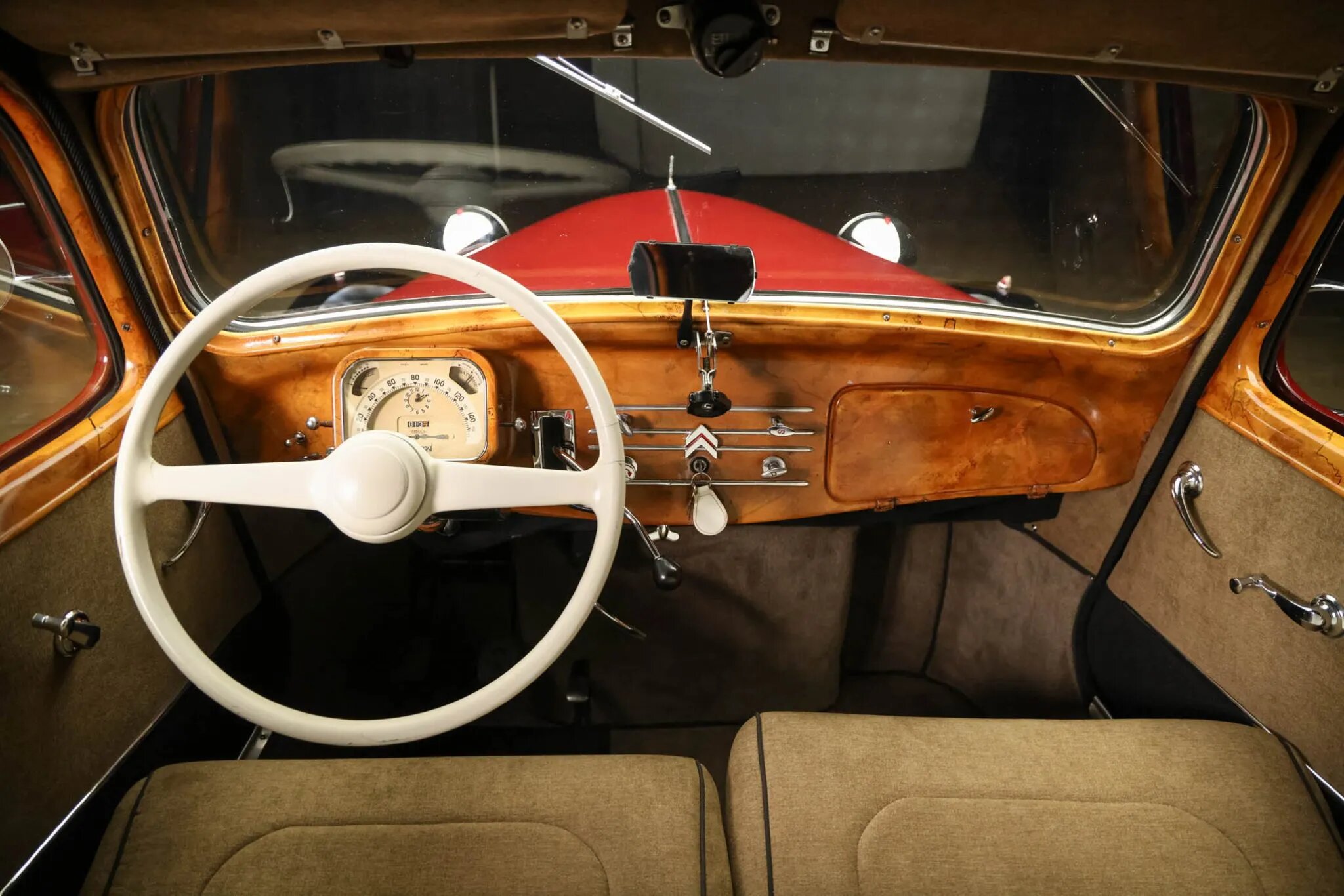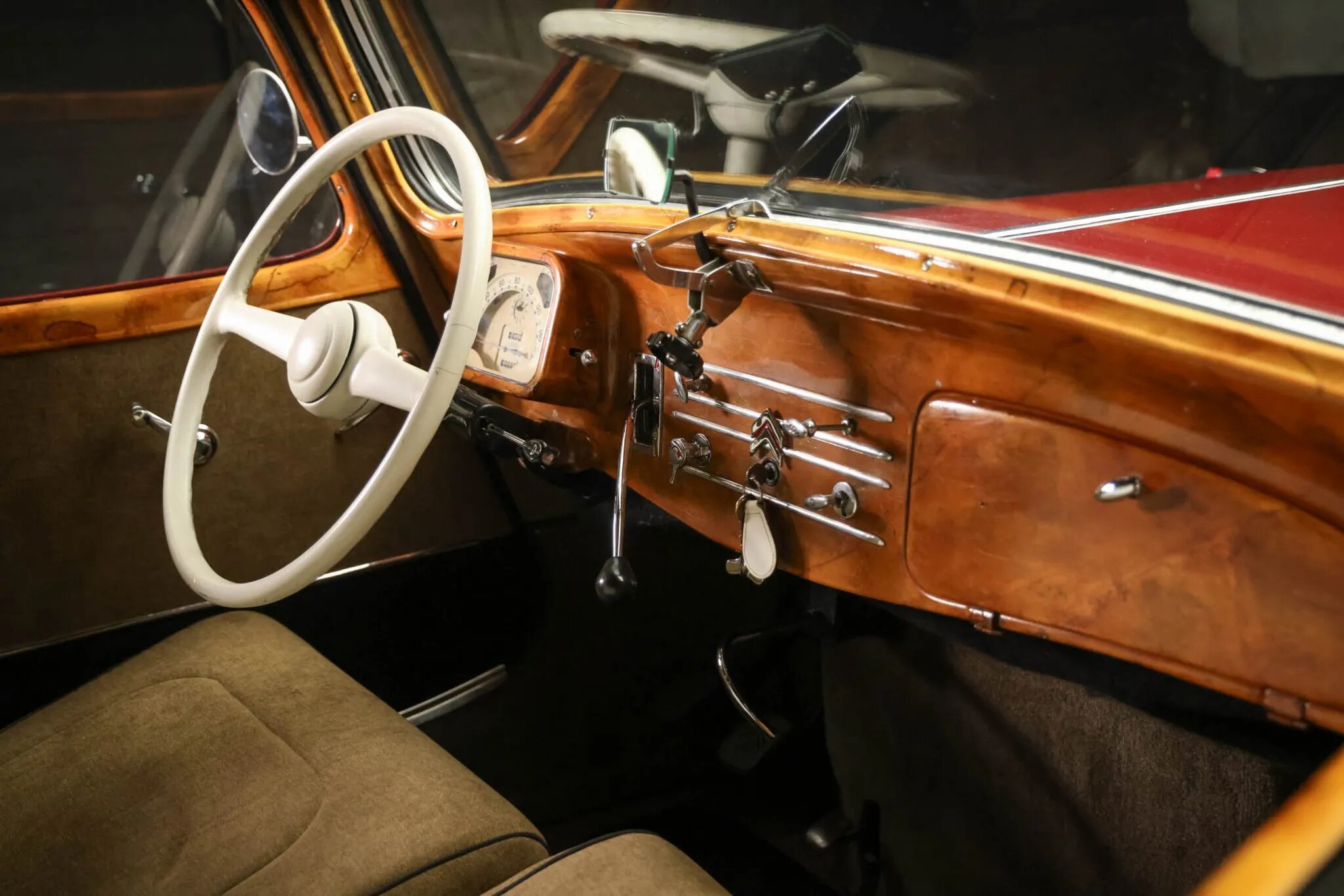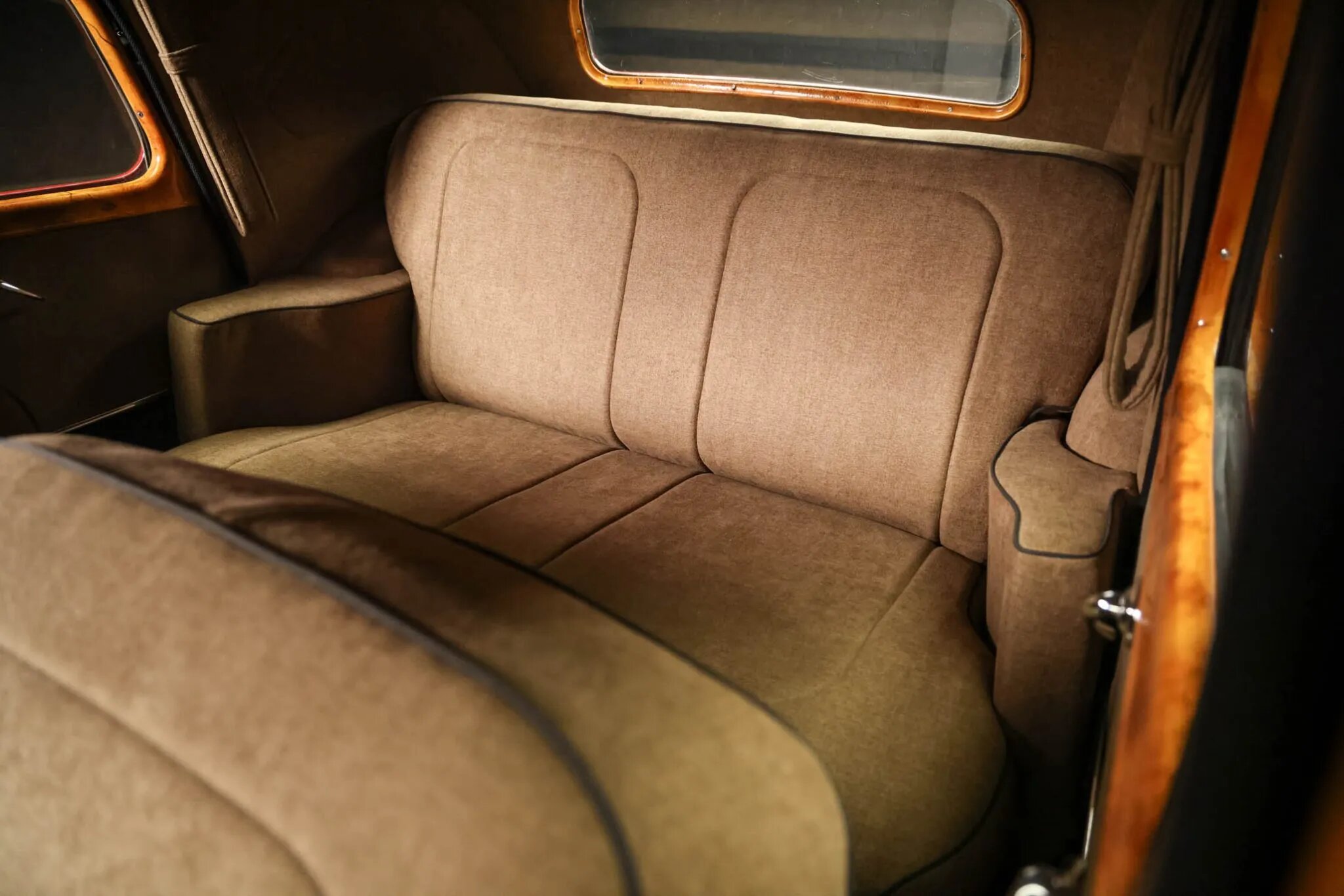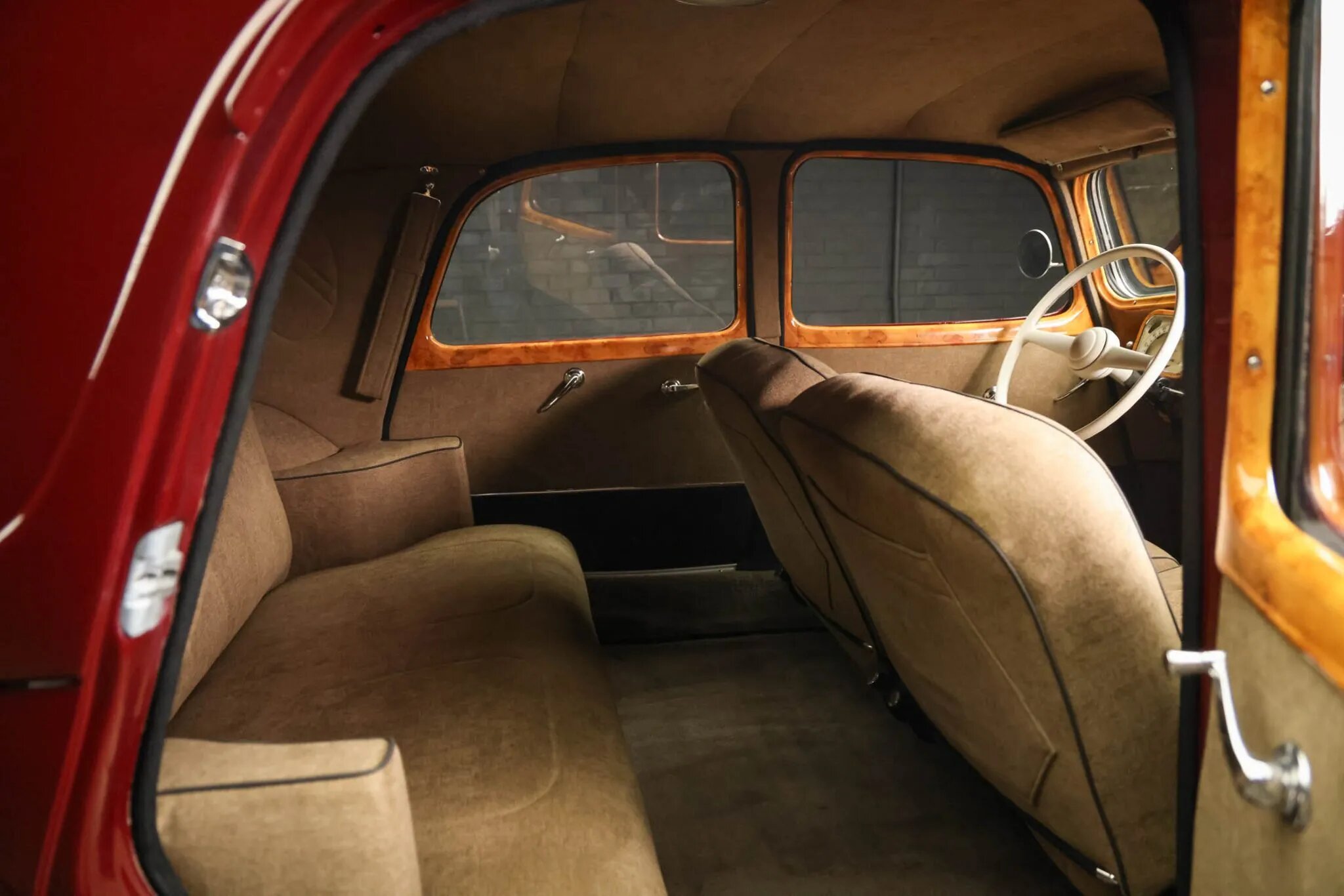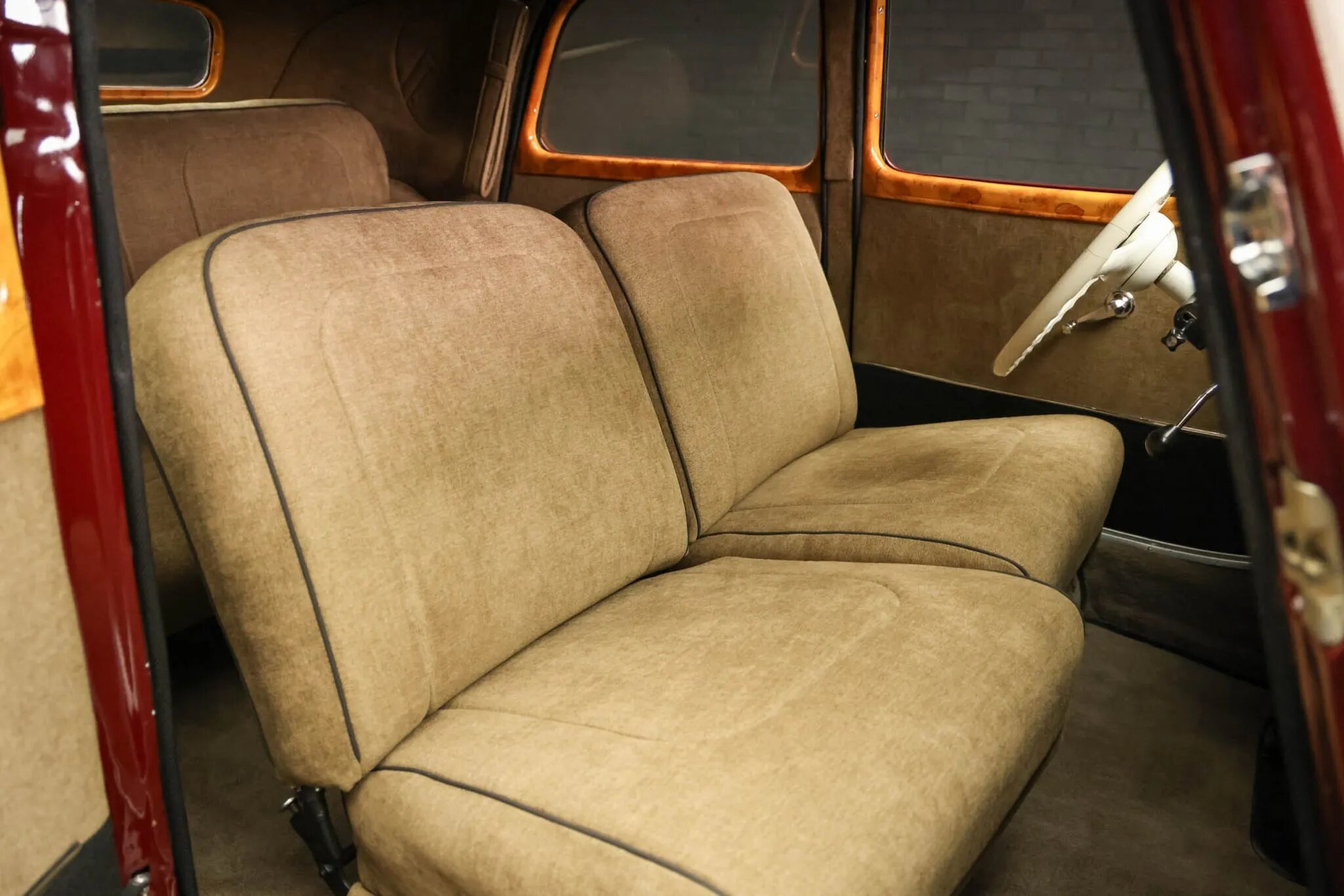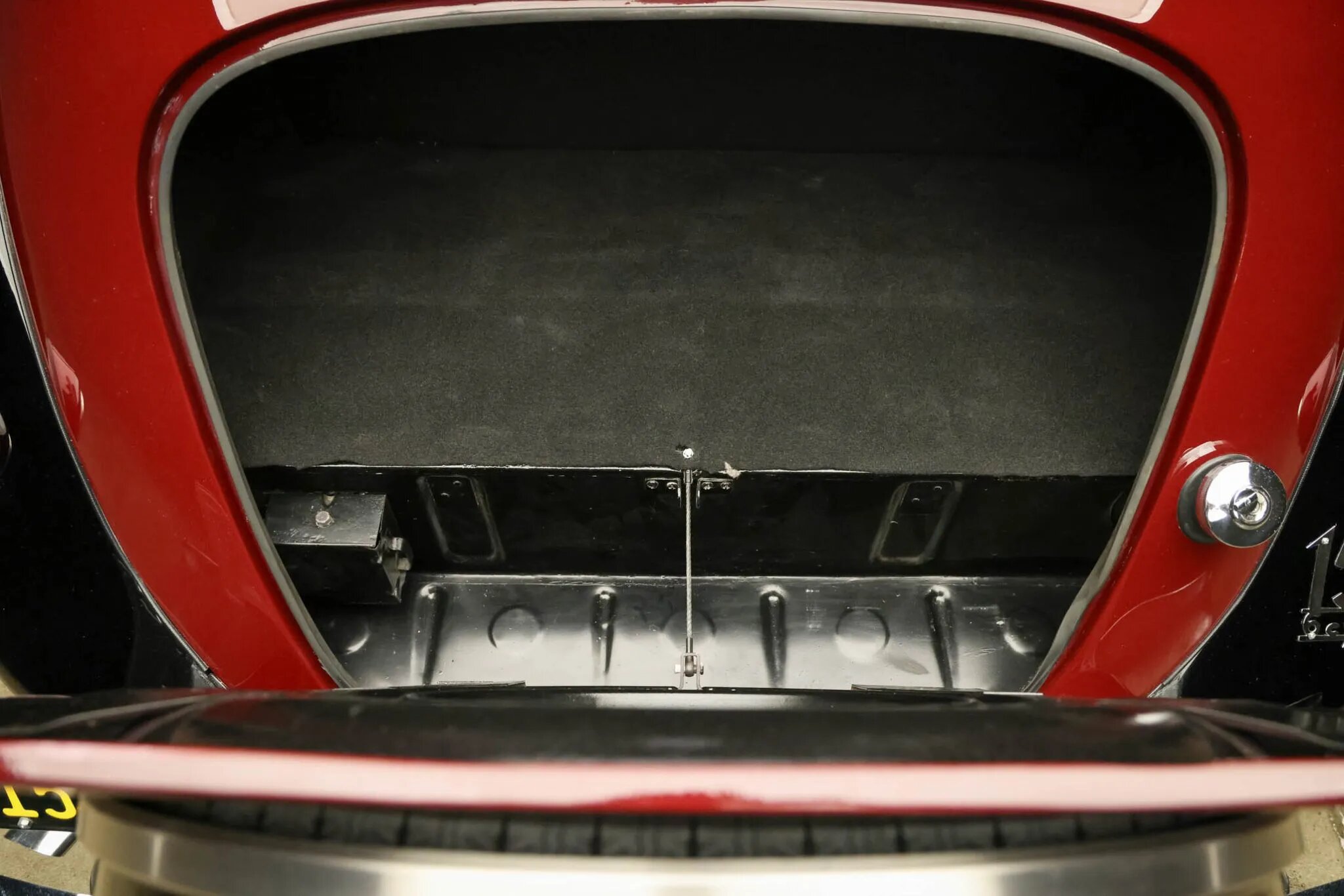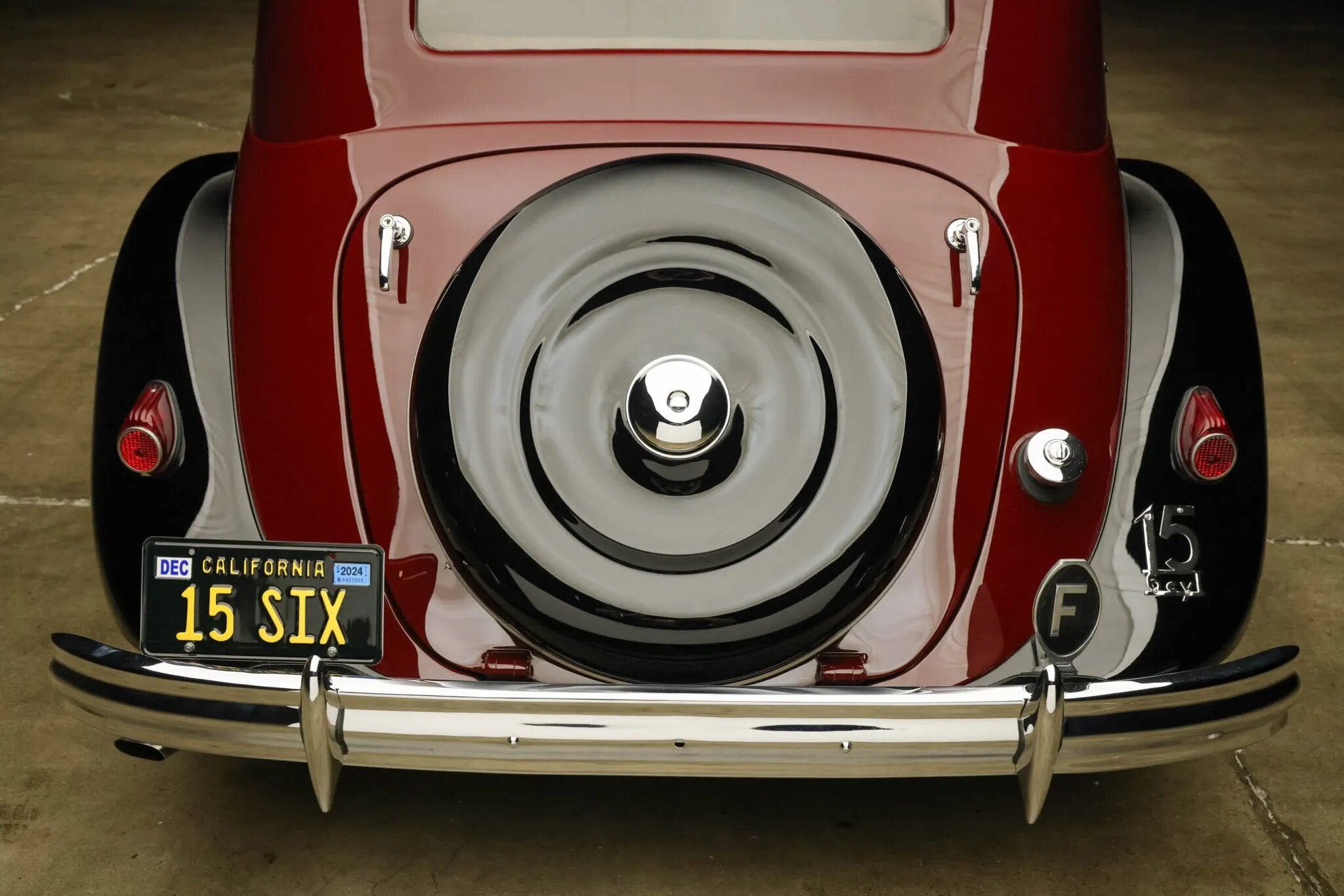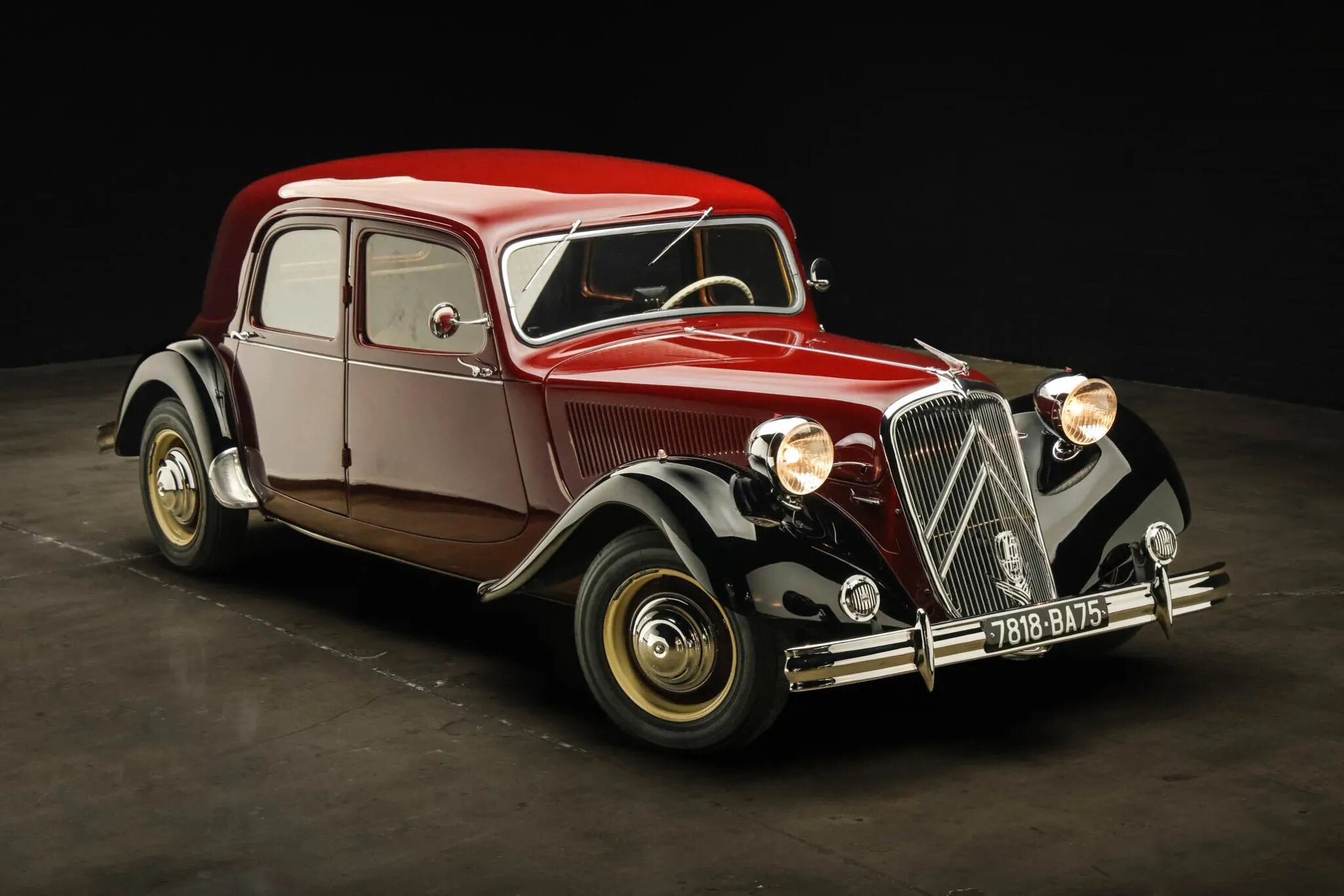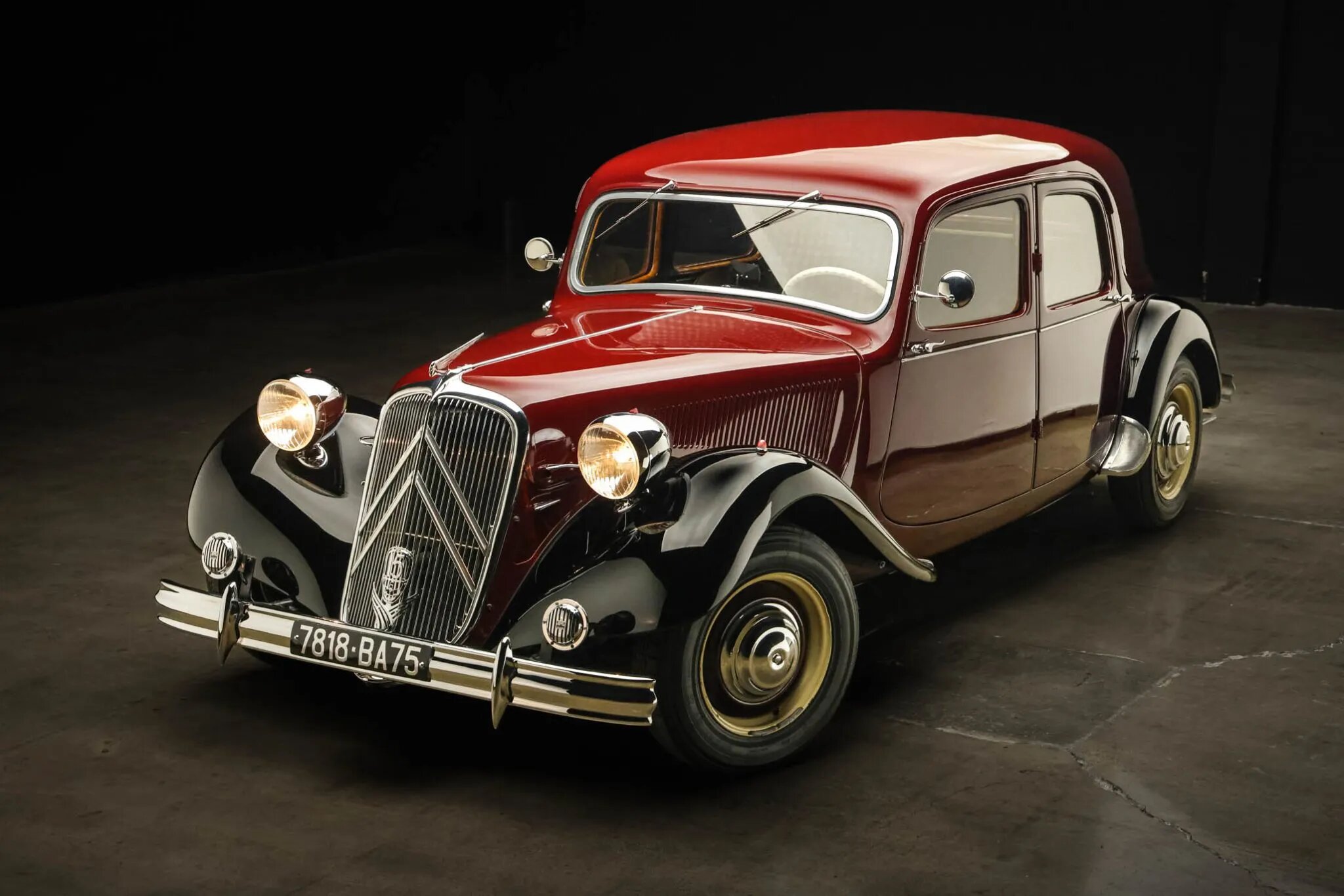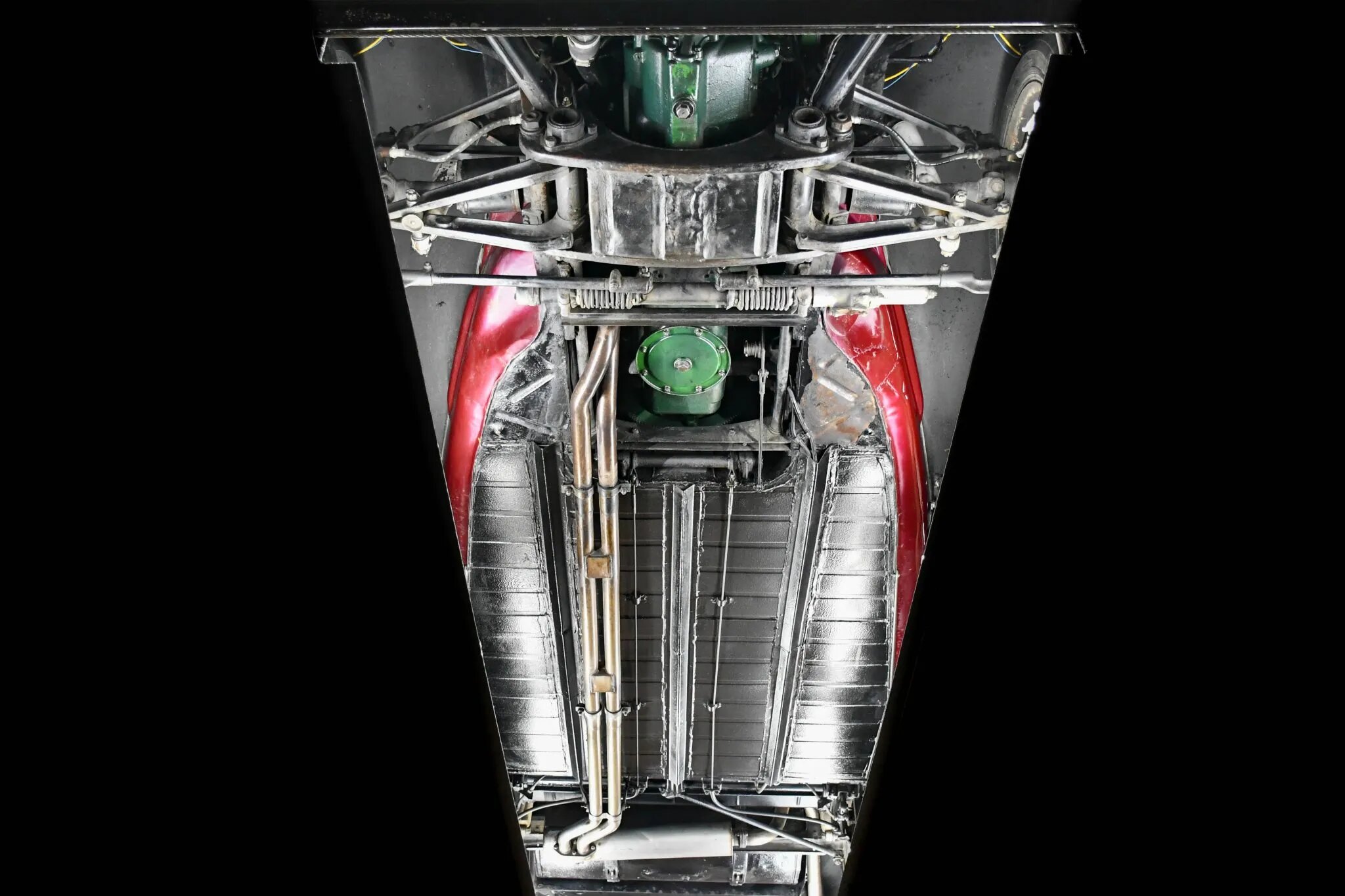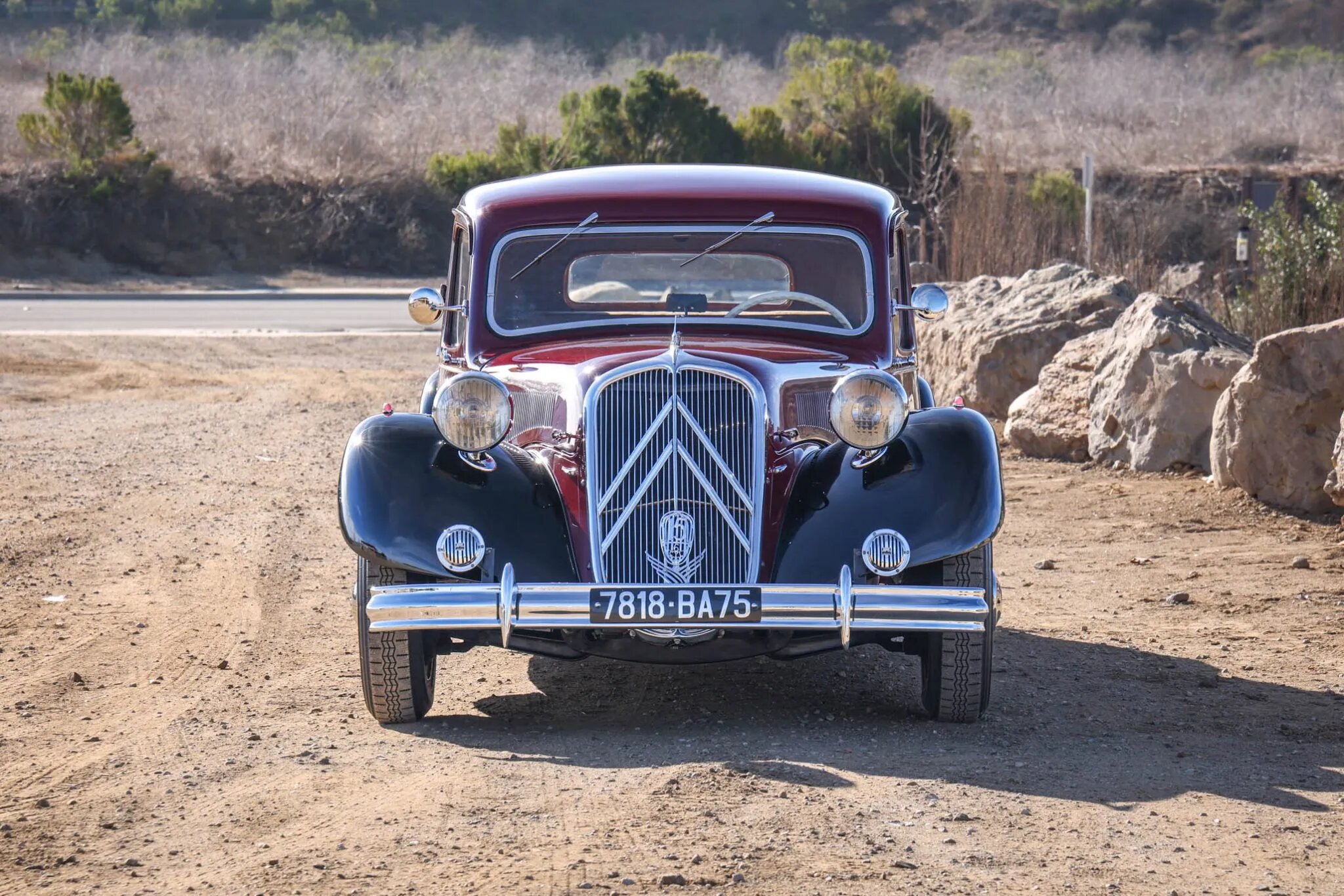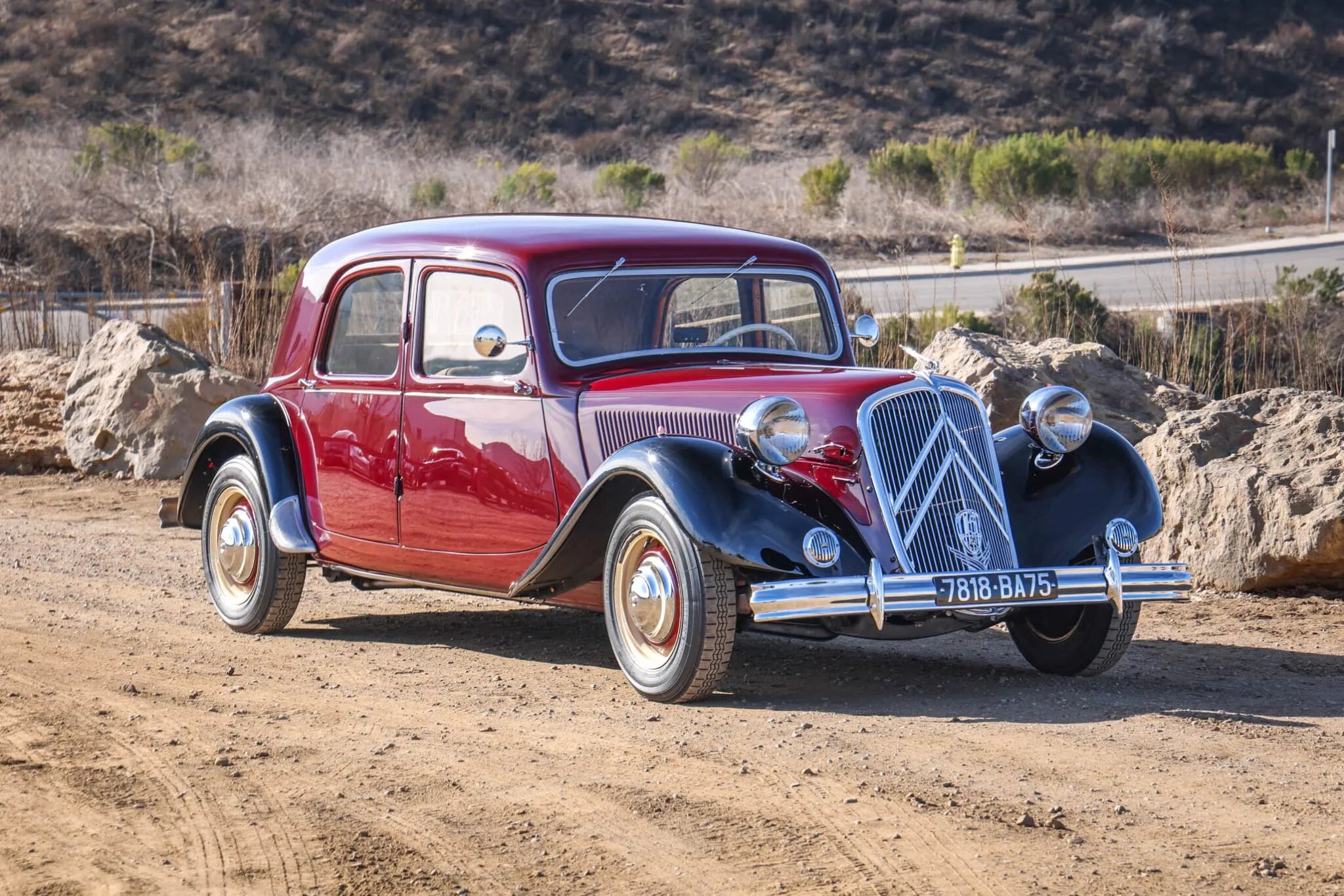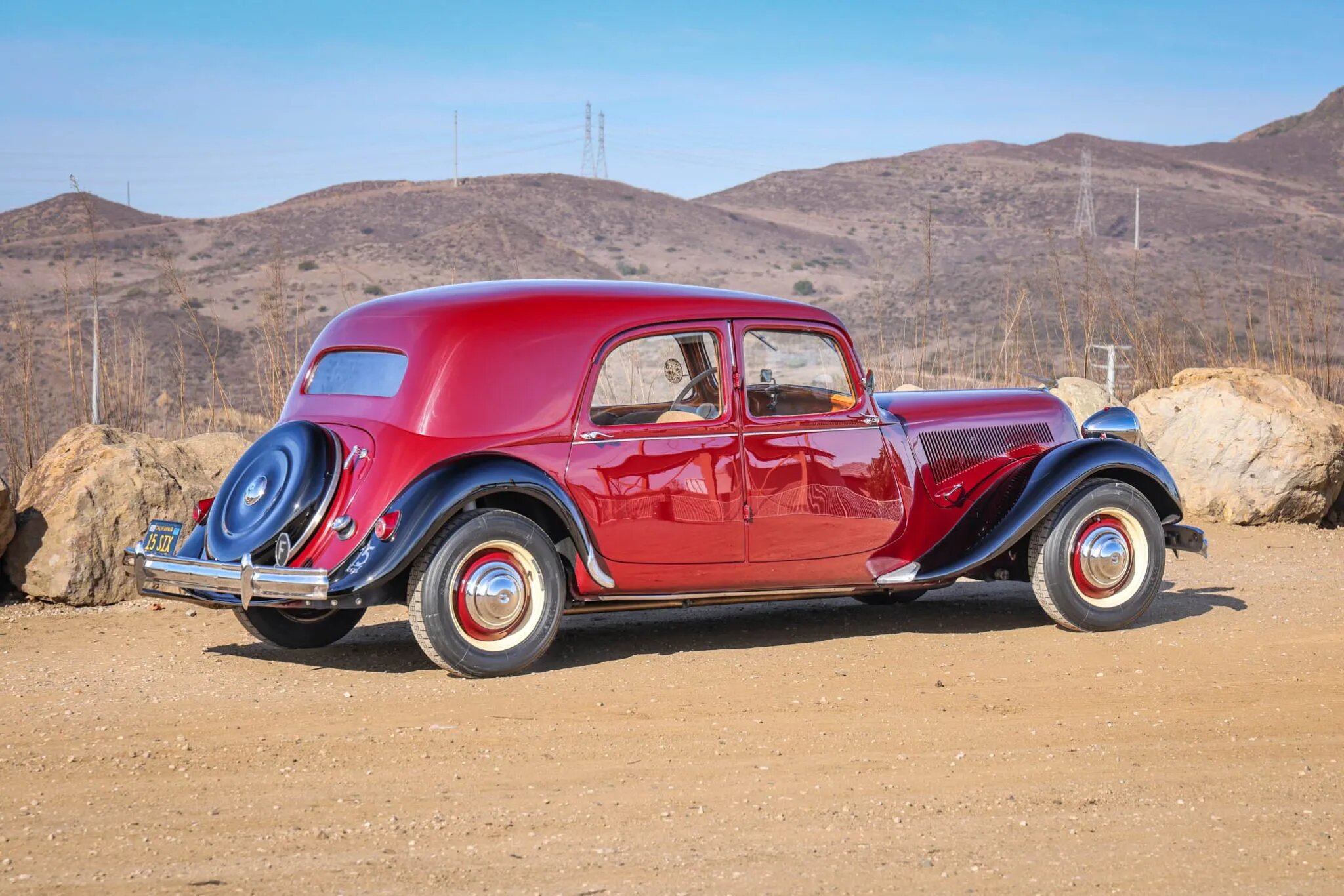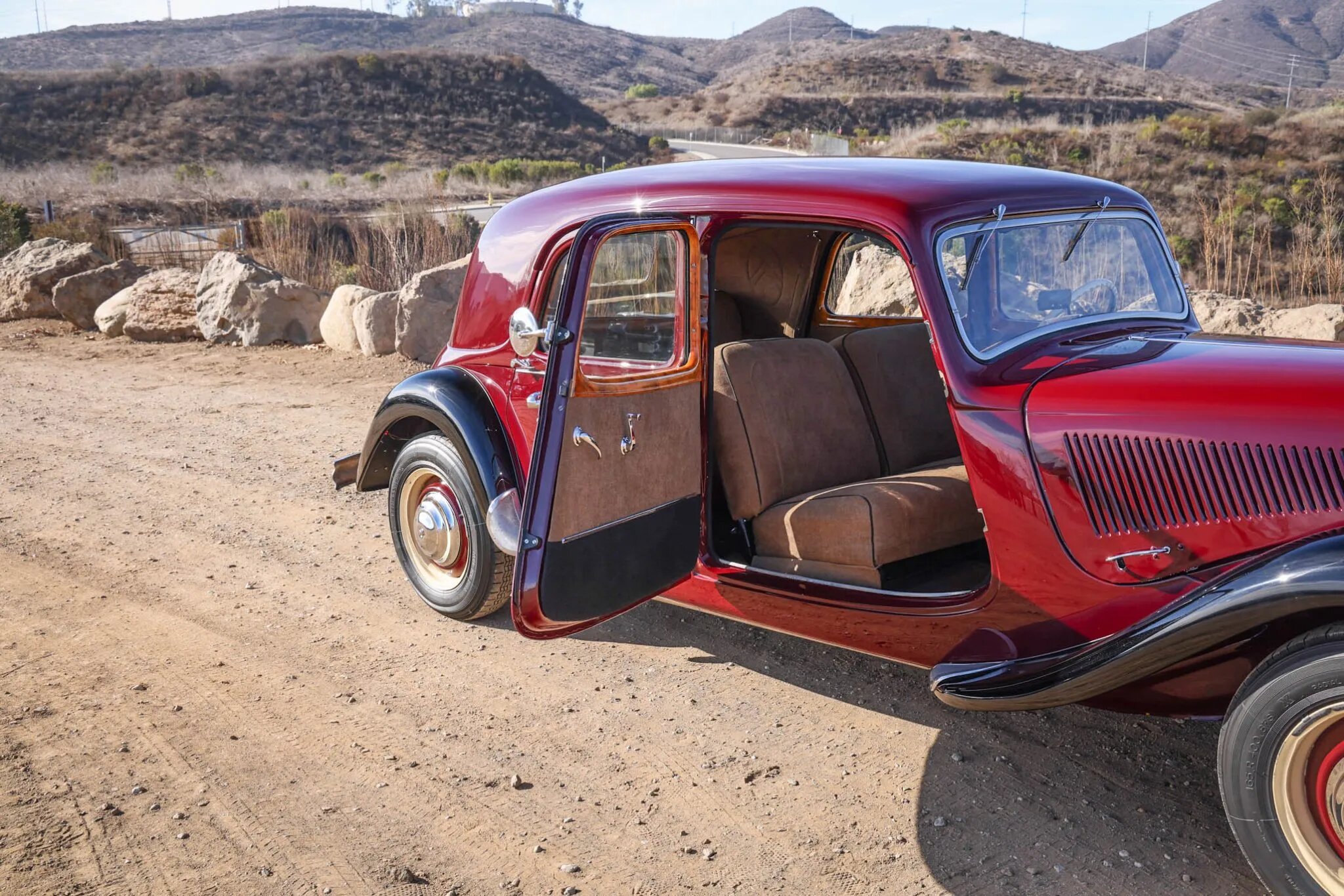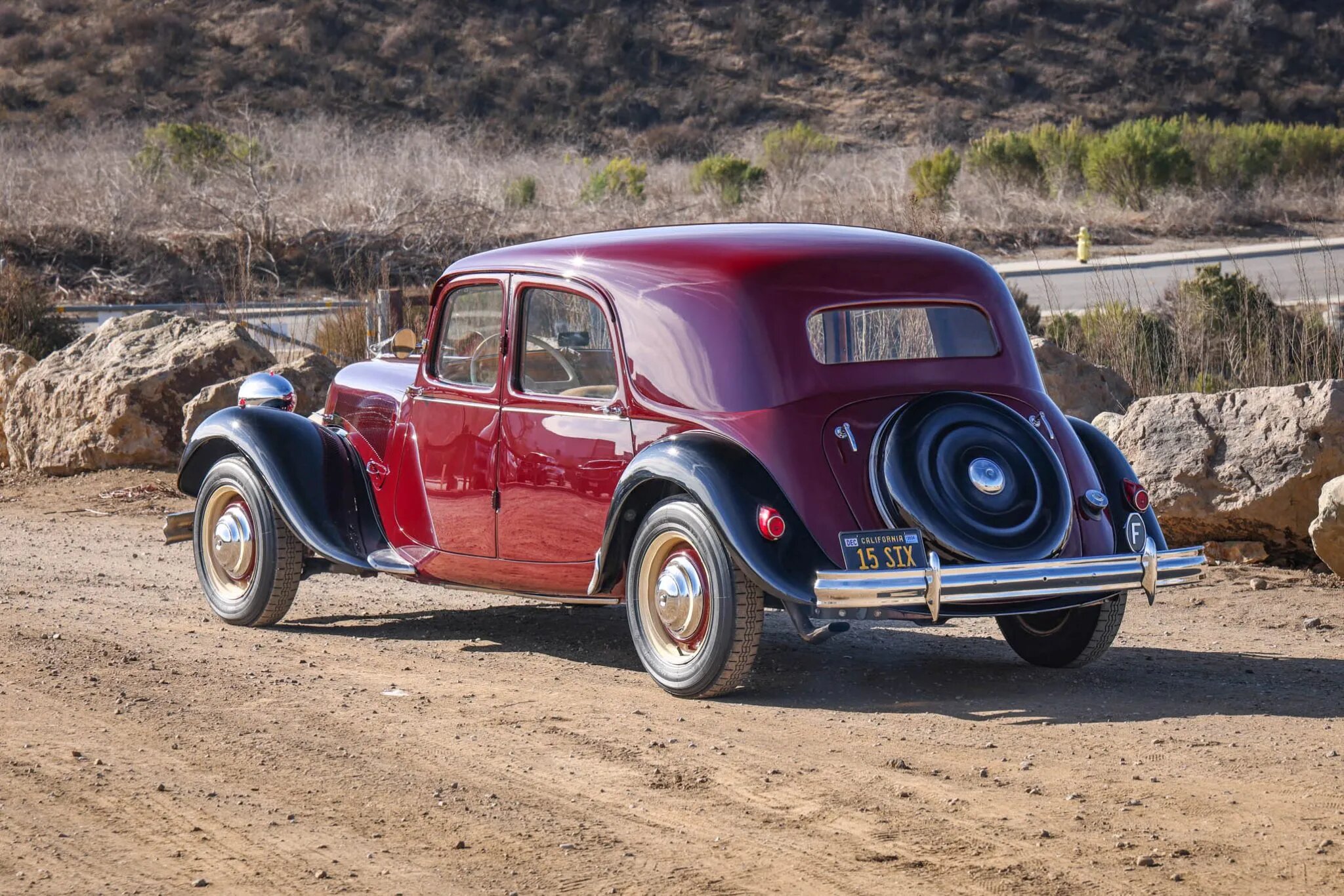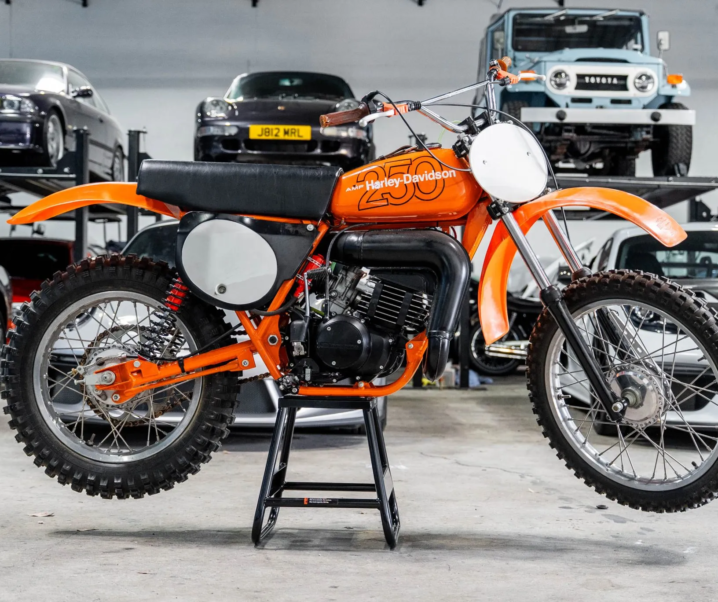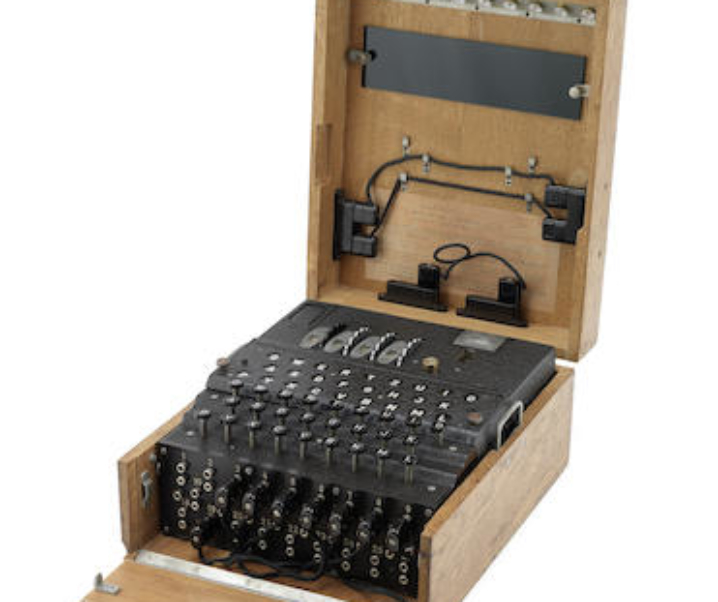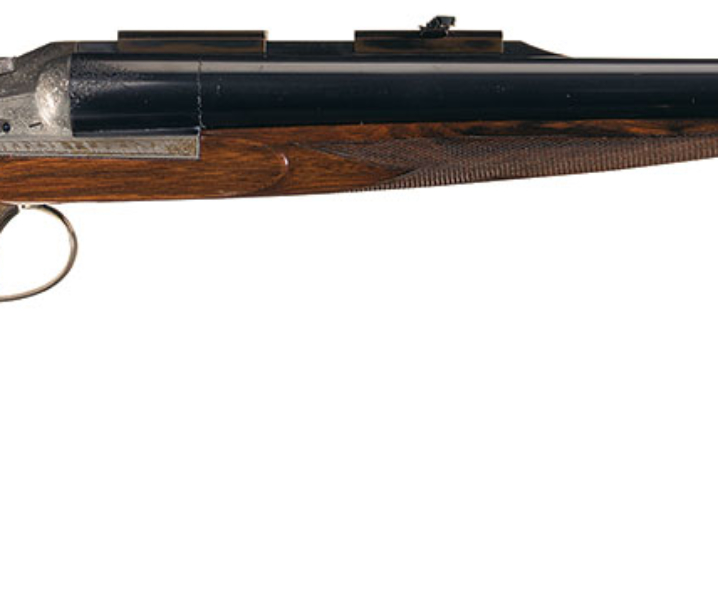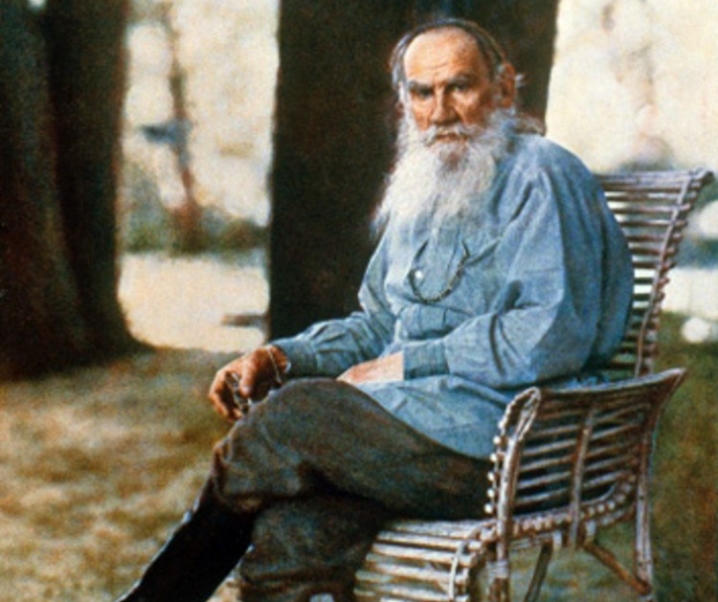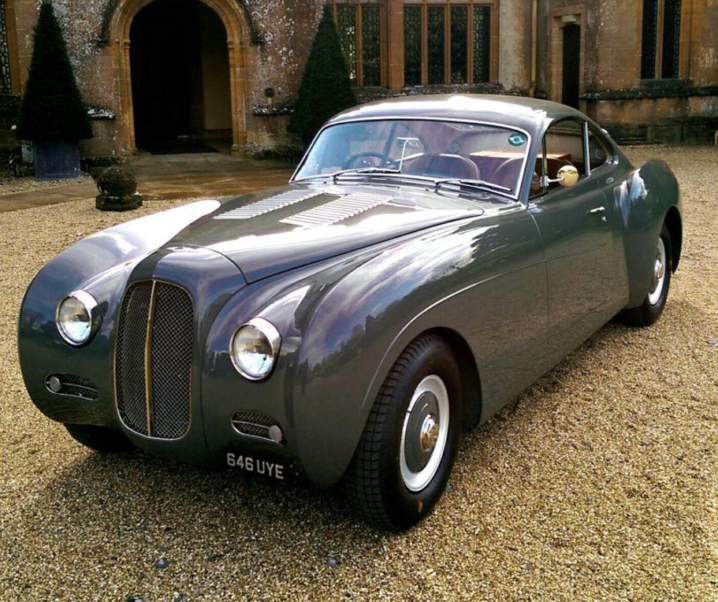The Citroën Traction Avant proved to be such a successful automobile that it sold over three quarters of a million units. This car was used in police and military applications, it worked as a taxi, and as family transport and became nothing less than a French icon.
Fast Facts
- The Citroën Traction Avant was a groundbreaking model for the company. It used unibody construction and a front wheel drive layout.
- The Traction Avant proved to be a highly successful automobile with approximately 760,000 produced over its two decades of production.
- This was a car that was made with a variety of engines beginning with a 1.3 liter inline four and culminating with an inline 2.9 liter six.
- A 1952 manufactured Traction Avant 15/6 fitted with the 2.9 liter six is for sale on Bring a Trailer at time of writing.
It is a sort of back-handed compliment when a car comes to be described as a “gangster’s car”: perhaps even more of a compliment when a gang names itself after the car they favor. This was the case for the Citroën Traction Avant when the post-war Gang des Tractions Avant (i.e. Traction Avant Gang) chose as their preferred method of getting to and from operations the Citroën 11CV Traction Avant.
This sort of back-handed compliment has been given to other recipients of course: in this same period of post-war history in Britain Jaguars were sometimes called “bank robber’s cars” while in Germany BMW’s were dubbed “Bader Meinhoff Wagen” because they had a reputation of being a preferred getaway car for the notorious criminal/terrorist Bader Meinhoff gang.
So the Citroën Traction Avant was in esteemed company, nimble, quick, and reliable. This reputation had been built up in occupied wartime France when the Traction Avant was favored by the French Resistance, but was also adopted by the German military who used them not only in France but also in such far flung places as Libya and Russia.
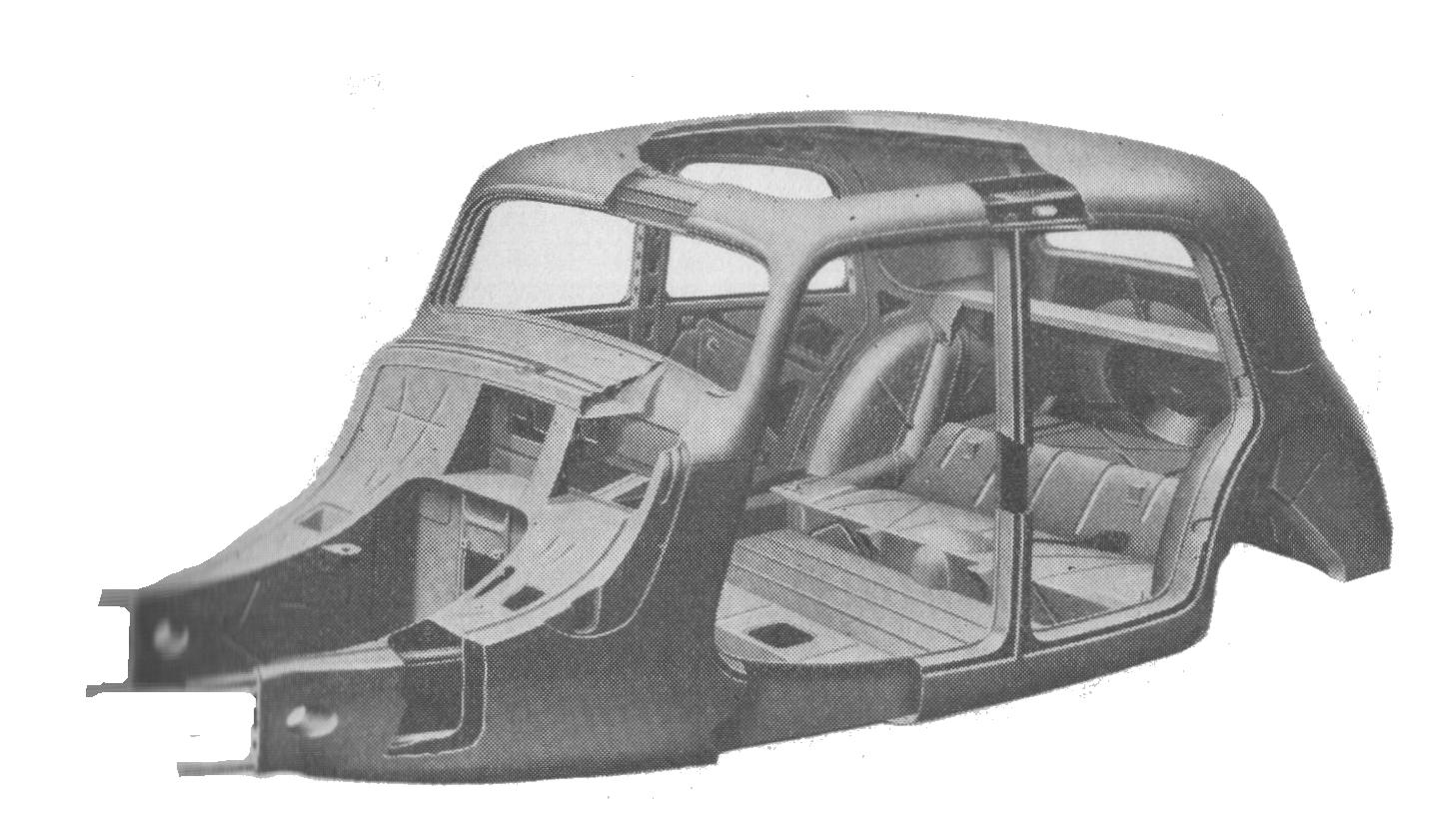
The Citroën Traction Avant was first created in 1934 by Flaminio Bertoni and André Lefèbvre, before the outbreak of the Second World War, and it had been created with a unibody construction and front engine-front wheel drive layout.
Unibody construction was at that time quite new, most cars and light commercial vehicles tended to be made as a chassis with separate body attached. The first production vehicle to pioneer unibody construction was the Italian Lancia Lambda which made its debut in 1922, twelve years before the Traction Avant.
Citroën purchased the equipment to manufacture these unibodies from US company Budd Manufacturing.
The country roads in France were famous for being rather agricultural and so the Traction Avant was made so it would comfortably deal with roads that could be rough, pot-holed or muddy. This meant that the physical bodywork needed to be strongly constructed, and the suspension needed to be able to smooth out the ride over rough secondary roads, and not break.
The front suspension was fully independent with an upper wishbone and lower bar, torsion bar, and telescopic shock absorber.
The rear suspension was by a beam axle with Panhard rod, trailing arms and torsion bars: a system that provided the good ride quality, and helped with handling, but which was also solid and reliable.
Steering for early models was by worm and roller, and this was upgraded to rack and pinion in 1936. Brakes were hydraulic drums on all four wheels.
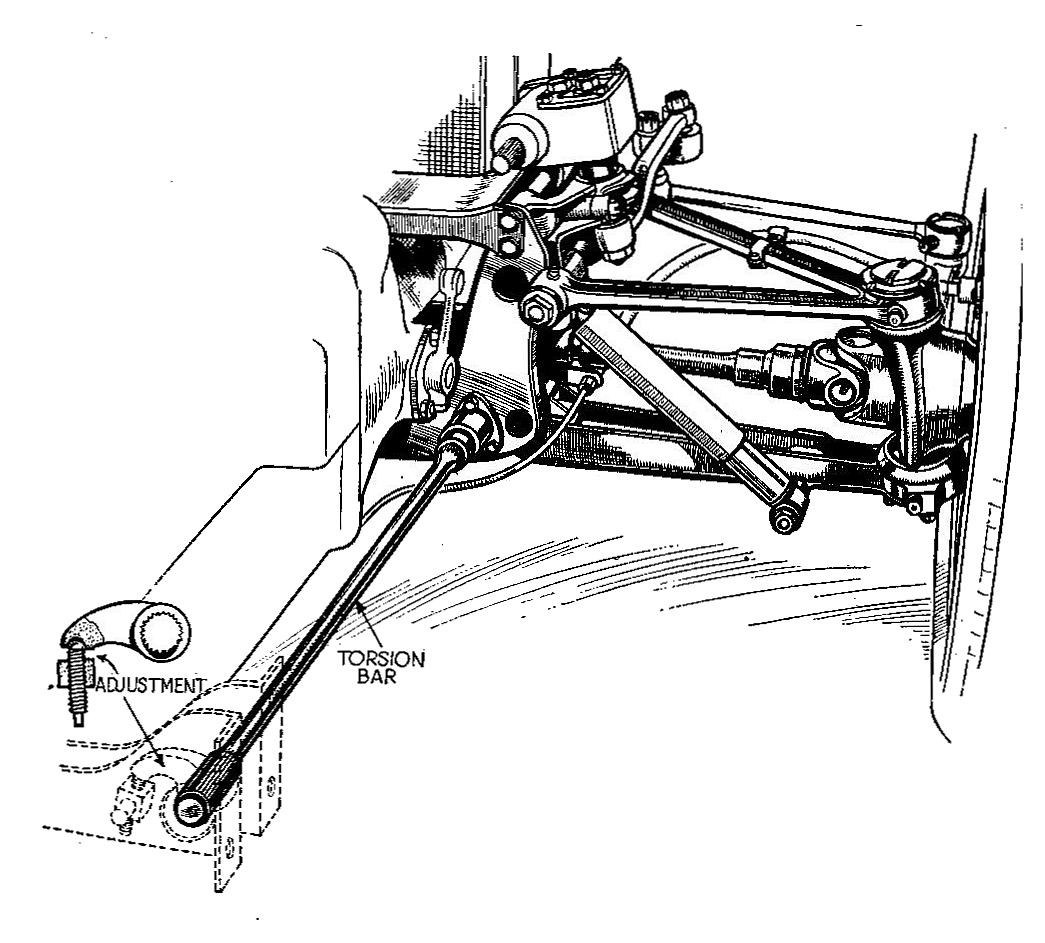
The Citroën Traction Avant was made in a number of models over its years of production; Citroën 7 (1934–1941), Citroën 11 (1934–1957), and Citroën 15/6 (1938–1956).
These model numbers were intended to identify the French tax bracket the car fitted into, however the model numbers did not always correspond to the actual tax bracket depending on the engine that was fitted.
Engines fitted were inline four cylinder units of 1.3 liter, 1.5 liter, 1.6 liter, and 1.9 liter capacity, and an inline six cylinder engine of 2.9 liters which was fitted in the Citroën 15/6 model.
These engines transmitted their power to the front wheels via a three speed manual transaxle.
A 1952 Citroen Traction Avant 15 Six For Sale
An example of the late model Citroën 15/6 Traction Avant is currently for sale on Bring a Trailer. This six cylinder car was manufactured in 1952 and underwent a refurbishment in 2008.
That refurbishing involved re-painting the car in a black with maroon color scheme. The interior was re-upholstered in taupe velour. The exterior and interior brightwork was refinished, and the engine and transaxle treated to a rebuilding by Dave Burnham’s Citroën of Delanson, New York.
Dave Burnham’s also overhauled the brakes and suspension, so the car is presented in well cared for and maintained condition as per the photographs.
You will find the sale page for this car on Bring a Trailer if you click here.
On the sale page you will find more details and a large number of quality photographs.
The Citroën Traction Avant was a groundbreaking automobile. It was so popular that in excess of three quarters of a million were made over its two decades of production. To sell that many cars this model must have had a lot of good things going for it.
Picture Credits: All pictures courtesy Bring a Trailer except where otherwise individually credited.
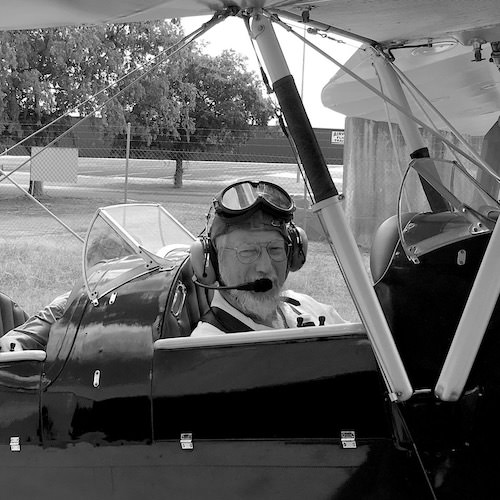
Jon Branch is the founder and senior editor of Revivaler and has written a significant number of articles for various publications including official Buying Guides for eBay, classic car articles for Hagerty, magazine articles for both the Australian Shooters Journal and the Australian Shooter, and he’s a long time contributor to Silodrome.
Jon has done radio, television, magazine and newspaper interviews on various issues, and has traveled extensively, having lived in Britain, Australia, China and Hong Kong. His travels have taken him to Indonesia, Israel, Italy, Japan and a number of other countries. He has studied the Japanese sword arts and has a long history of involvement in the shooting sports, which has included authoring submissions to government on various firearms related issues and assisting in the design and establishment of shooting ranges.

